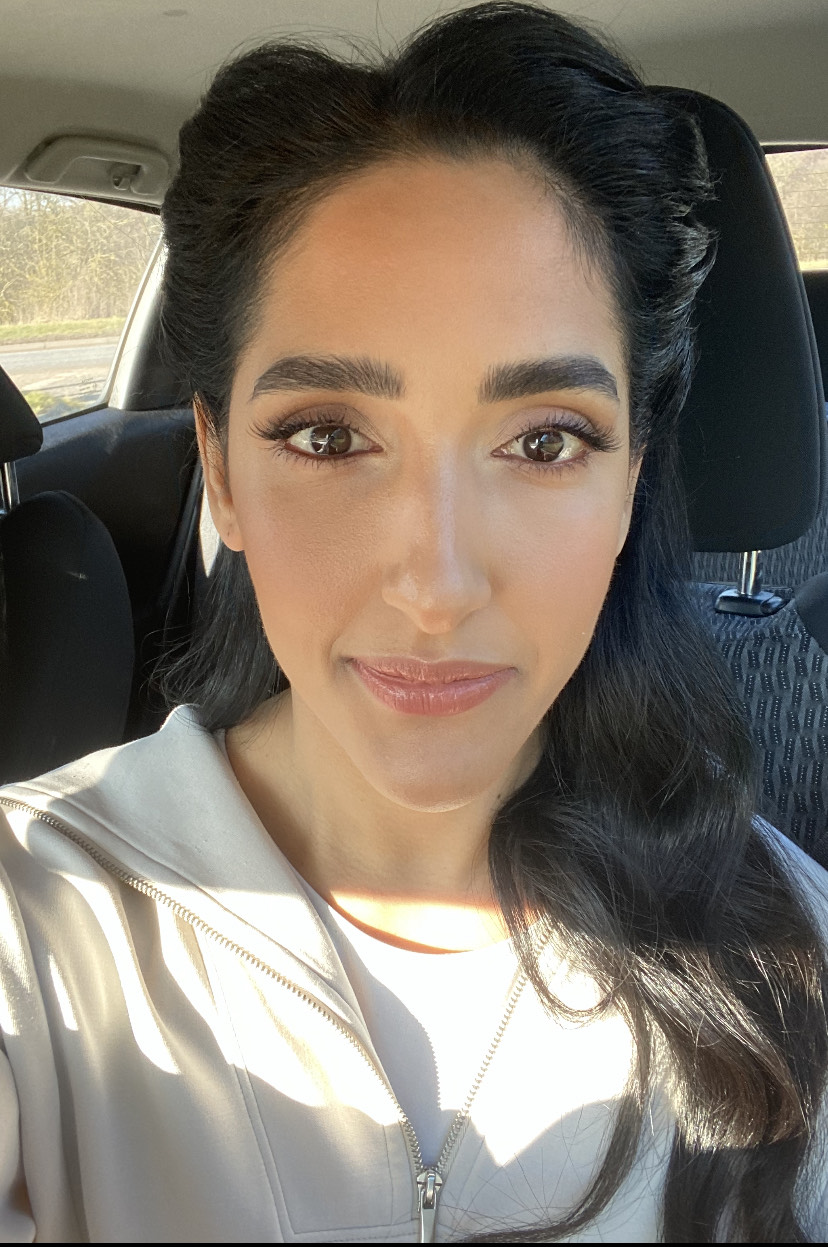How to start a charcoal grill: barbecue with coal for a signature chargrilled taste
Knowing how to start a charcoal grill correctly will save you time, and allow you to barbecue meat and veg evenly, and at the right temperature


Fan of disposable barbies? Then it's time you learned how to start a charcoal BBQ. Those shop-bought aluminum boxes are great for an impromptu barbecue at the beach or in the park, but this single-use, short-term solutions won't serve you for longer than one occasion.
Direct heat grilling over coals is the most basic and common grilling method. And cooking over fire is something that our ancestors used to do, so it's going to be easy right? Only if you know what you're doing. Get it wrong and it can be extremely dangerous.
The best barbecue will deliver that signature chargrilled taste that everyone loves in the summer over and over again. But, if you don't know how to prepare your coal-fuelled grill, you're going to struggle to feed your family and friends. A charcoal grill burning at half heat also poses the risk of upset tummies and food poisoning as some meats (ie: chicken) need to reach a particular internal temperature to be deemed safe to eat.
On the other hand, if your barbecue is too hot your meat might end up with blackened, acrid skin on the outside, and pink (read: raw) on the inside. It's not ideal and you may need to use your oven to finish the undercooked items. Plus you'll lose your status as the prime pitmaster...
Equipment list
1. A coal grill
2. Lumpwood charcoal: get your coal on Amazon
3. A utility lighter: This 3-pack from Amazon is handy
4. Long matches
5. Firestarter / lighter cubes (optional): These light even when wet
6. Charcoal lighter fluid: hot off Amazon
7. A chimney starter (optional): get this metal tube online
8. A BBQ temperature gauge (optional): measure your grill's heat
9. Heatproof gloves
10. A long wooden stick or broom end
11. A hairband (optional): secure your mane with a hair tie
12. Suitable clothing (no long sleeves or floaty garments)
13. Table salt: fine sodium will cool your cooking device
1. Clean the BBQ
Obviously, you shouldn't need to clean a BBQ if it's brand-new. But if you've borrowed it off a friend, or bought a secondhand grill, it's worth scrubbing off burnt-on food, dirt, and debris. Not cleaning it first is one of the biggest BBQ mistakes and can affect your charcoal burner's performance.
Now, place your barbecue in a safe location, away from anything flammable. This includes your kids' paddling pool, a wooden fence, and your best garden furniture. If you're blessed with a long mane of hair, you may want to tie this away from your face or tuck it into your top.
Also, consider the stability of your foundation. When lighting a barbecue, a level patio design is always going to trump a sloping or bumpy lawn as a bbq area idea. It's also imperative that you keep children and animals away from the barbecue as charcoal can spark and fire is not something to be played with.
2. Remove the top cooking grate
In order to access where you'll stow the lump charcoal (in whatever form you choose), you'll need to lift off the metal shelf you place the food on. This should reveal a vessel which you'll put your fuel source into.
3. Prepare your charcoal
There are a few ways to prepare your charcoal before you set it alight. But our favorite and most efficient method involves investing in a chimney starter.
Get small space home decor ideas, celeb inspiration, DIY tips and more, straight to your inbox!
This method doesn't require any charcoal lighting fluid so is great if you haven't got any on hand, or don't want to use this flammable liquid (N.B: it can affect the flavor of your food). A chimney starter is essentially a metal tube that you put your lump charcoal into. Place this in the base of the barbecue and fill it with charcoal. The amount you use will depend on 1) how big your grill is 2) what you're intending to cook on it.
How to:
- Fill the charcoal starter with your intended about of coal: Home Depot suggests you fill it 1/4 of the way for low heat (good for charbroiled fish), 1/2-3/4 of the way for medium heat (great for cooking burgers and brats), and fill it right up if you want high heat.
- At this stage, you can choose to use charcoal lighting fluid: If you do want to use this liquid as a catalyst for your fire, saturate the coal and leave it for around five mins to soak into your carbon chunks. Under no circumstances should you use gasoline to start a charcoal grill. It's not only incredibly dangerous but very expensive too.
- Add an accelerant to the charcoal grate and light: place one or more firelighters / lighter cubes on the grate and light it carefully using a utility lighter or long match. Suitably dispose of the match end if using.
- Pop your filled chimney starter over the lighter cubes and light the charcoal: Remember if you have used lighting fluid it will smell a little strong.
4. Monitor the coal color
The coals will initially turn from black to red as they heat up. But you're a little way off cooking just yet! You're actually waiting for the coals to go a powdery grey hue. Be patient as this will take around 20 minutes.
At this point, you can carefully decant the contents of the chimney starter into the barbecue and use a long wooden stick or old broom end to distribute the coals evenly to create an equal layer of coal. You can use a scrap piece of cardboard to fan the barbecue. This will increase the airflow and subsequent oxygen into the coals to help fuel your fire.
N.B: As a courtesy, put the chimney starter down somewhere safe (ie: not on plastic), and if your guests do visit your cooking space, make them aware of this very hot tool.
5. Replace the top cooking grate and regulate the temperature
Before you start cooking, it's an idea to check the temperature of your barbecue, using a barbecue thermometer. Ideally, this should be around 350F to cook most protein items safely, without burning them to a crisp. If you need to cool your barbecue down, you can sprinkle a little fine table salt on the coals to take down the temp a touch.
5. Place food on BBQ and cook
You're now ready to start cooking your items using your best BBQ tools and accessories. Although there are lots of barbecue styles, and cuts to choose from, there are some fundamentals to follow wherever in the world you are.
Typically, you'll want to put the items that take the longest to cook on the barbecue first. You'll also know not to pierce meat or move it unnecessary as this will make it dry out.
You can also add on a motorized rotisserie mechanism that will rotate the spits and skewers for an even char. These motors easily hook onto your barbecue frame and turn your equipment automatically.
How long does it take for charcoal grill to heat up?
Coming from a Greek Cypriot background, seeing a charcoal barbecue being lit was a regular occurrence. A pork or lamb souvlaki with a pitta (toasted on the grill) was a highlight of my childhood, and I've watched my dad do it a fair few times. So it seems only fair that he should answer this question as our barbecue expert. Here, he shares his grill guidance from a health perspective:
'The biggest error people make when organizing a barbecue in their backyard is lack of patience,' says Thomas Chrysostomou, ambulance care and emergency medical treatment assistant.
'You should allow at least twenty minutes for the coals to heat up. Waiting a little longer than you're used to, and working in some contingency into your plans not only gives you time to achieve those professional-looking grill marks but saves your guests from gastro issues in the middle of the night, post-party.'
'This is because the charcoal has had time to reach a stable temperature and you can cook food accurately and evenly without wrestling flames! Ultimately, this means you can relax and socialize, but I can't stress enough – keep an eye on that fire, and as boring as it sounds, drink alcohol responsibly when manning the flames. An evening in ER for something that's avoidable is no fun at all.

Hi, I'm the former acting head ecommerce editor at Real Homes. Prior to working for the Future plc family, I've worked on a number of consumer events including the Ideal Home Show, Grand Designs Live, and Good Homes Magazine. With a first class degree from Keele University, and a plethora of experience in digital marketing, editorial, and social media, I have an eye for what should be in your shopping basket and have gone through the internal customer advisor accreditation process.